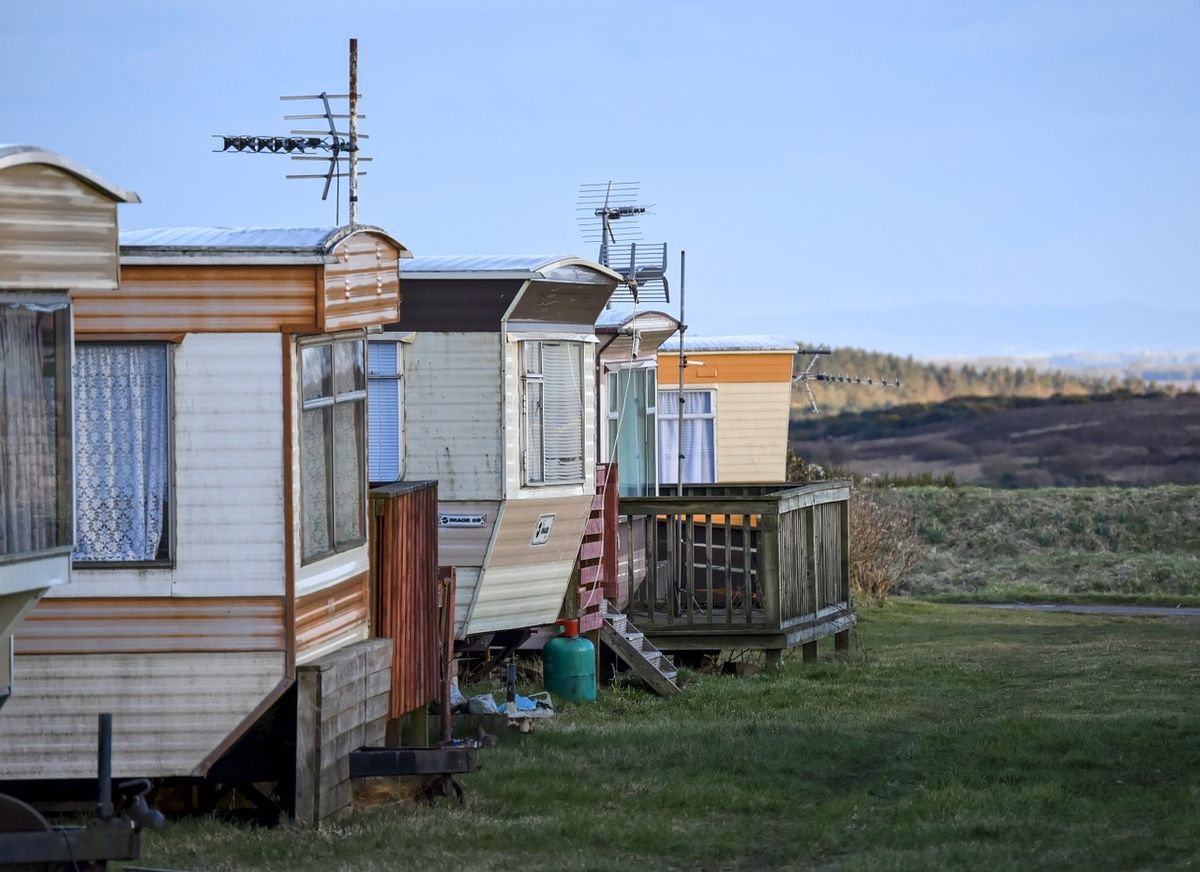Manufactured Homes Can Be Risky Investments

Manufactured homes — often called mobile homes — offer an affordable housing solution for millions of Americans. But a new report from the Consumer Financial Protection Bureau (CFPB) identifies some risks that are often overlooked by consumers.
While not as common in urban areas, manufactured homes make up 13 percent of the housing stock in small towns and rural America, the report finds, thanks to their low acquisition cost and ease of installation. But the lower price comes at a cost — higher interest rates. It can also be harder to refinance a loan on a manufactured home and depreciation costs are higher.
Overall, the CFPB found that around 42% of manufactured home purchase loans are “chattel” loans, which are secured by the home but not the land, since in many cases, the land is a rented space in a mobile home park. In general, chattel loans have higher interest rates and fewer consumer protections than mortgages.
Rent increases
Sudden increases in rent are another problem that sometimes plague manufacture homeowners. A bill in Congress seek to address that. U.S. Rep. Cindy Axne (D-Iowa) is pushing for tenants’ rights to extend to residents of manufactured housing communities to protect them from predatory rent hikes.
“Owners of manufactured housing communities get federal backing to buy these properties, and then they turn around and only care about squeezing profits out of older Americans, folks living on fixed incomes, and families who don’t have the same protections as other tenants do in similar circumstances,” said Rep. Axne.
The Iowa Democrat introduced two pieces of legislation last week. One bill aims to establish a set of minimum standards and protections for tenants of manufactured housing communities, which are typically single or multifamily homes built elsewhere and installed to a site, that receive federal financing through Fannie Mae, Freddie Mac, or the Federal Housing Administration.
The other is a reintroduced bill that aims to keep manufactured housing communities “affordable by providing federal assistance for acquiring and preserving these communities,” through purchases by non-profits or local groups.
Mortgage issues
The top five manufactured home lenders account for more than 40% of manufactured housing purchase loans, and nearly 75% of chattel lending. Banks and other traditional mortgage lenders have not been as active as chattel lenders in the mobile home market in recent years.
Hispanic, Black and African American, American Indian and Alaska Native, and elderly borrowers are more likely than other consumers to take out chattel loans, even after controlling for land ownership. Black and African American borrowers are the only racial group that are underrepresented in manufactured housing lending overall compared to site-built, but overrepresented in chattel lending compared to site-built.
“This report shows the power of the expanded Home Mortgage Disclosure Act data collection to understand the path to homeownership for some of our most vulnerable families, including Black, Indigenous, and Hispanic families, as well as rural and lower-income families of all races and ethnicities,” said Acting Director Dave Uejio.
“Much more work needs to be done to understand the options available to these families and how best to help ensure that manufactured housing homeownership can be a path to financial stability for the rural and lower-income families who depend on it,” said acting CFPB director Dave Uejio.
The CFPB’s report is based on new information about manufactured housing that was added in 2018 to the list of HMDA data collected. This new HMDA data is the only national level dataset that directly tracks the different types of financing options for manufactured housing. Among the findings in this report:
